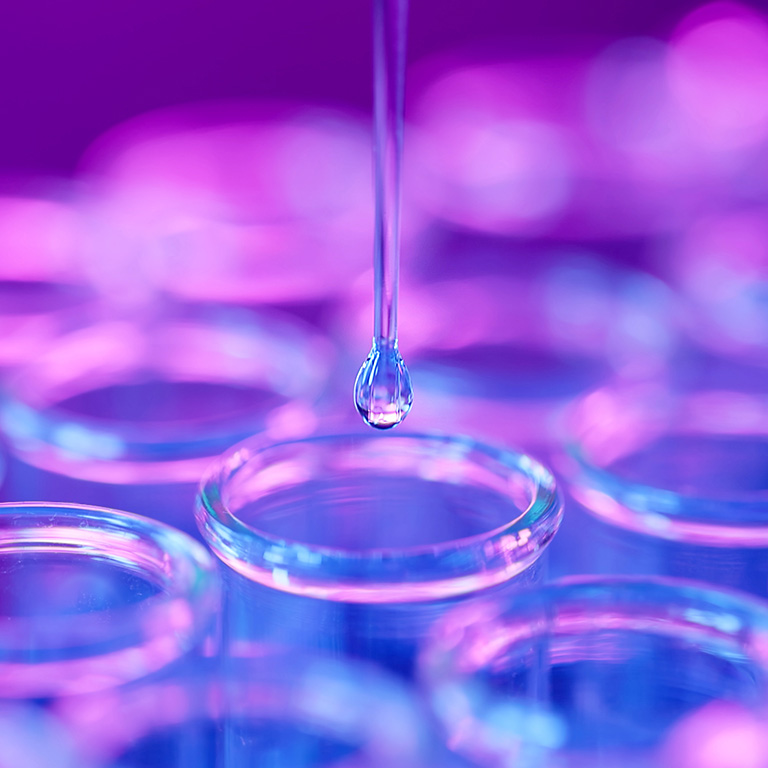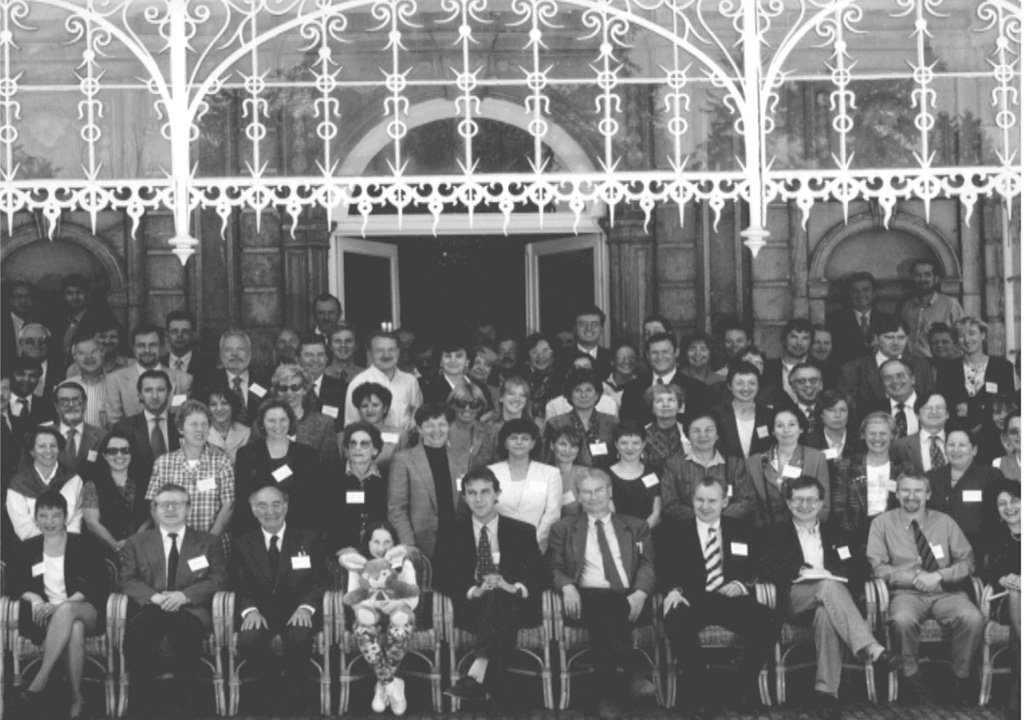Clinicians and scientists cooperated on the best means to monitor the disease treated by different dosing regimens. Many management issues were the subject of debate – for example, optimal times for intervention as well as predictive value of genotype, the effects of splenectomy and the introduction of home therapy.
By 1992, the Academic Medical Centre (Amsterdam) was the designated centre for research and treatment of Gaucher disease in The Netherlands. Its multi-disciplinary Gaucher disease team closely interacted with the GVN, the national Gaucher patient society. Prof. Joseph Tager, biochemist with a track record in research on lysosomes, and Prof. Rob Goudsmit, haematologist with a track record in clinical care of patients with Gaucher disease and medical advisor of the GVN, fostered the multi-disciplinary collaboration in Amsterdam over the years and acted after their retirement as advisors to the team.
In December 1992, it was concluded that there was an urgent need of an industry-independent platform for clinicians and researchers with interest in Gaucher disease. The name European Working Group on Gaucher Disease (EWGGD) was suggested. Biennial symposia were envisioned: the organization would seek to disseminate knowledge and expertise; foster international collaboration – and offer members the opportunity to exchange information and discuss matters in an open collegial atmosphere. From the start, it was determined that the various national Gaucher patient societies would participate actively in the EWGGD symposia, a principle dear its founding patrons, Professors Joseph Tager and Professor Rob Goudsmit. Key researchers of Gaucher disease in Europe and Israel were contacted by Hans Aerts and supported the idea of founding the EWGGD.
To launch the EWGGD as a viable and respectable scientific organization, the status of affiliate of the European Study Group on Lysosomal Diseases (ESGLD) was sought. The ESGLD is a society of researchers dedicated to the study of lysosomal diseases that was co-founded by Joseph Tager as secretary with Professor Don Robinson of Queen Elizabeth college London (chairman) in 1978. At the ESGLD meeting in Delphi in 1993, the founding of the EWGGD was formally proposed by Joseph Tager and Rob Goudsmit and supported by the president of the ESGLD, then Prof. Kurt von Figura of the University of Göttingen.
Dr. Hans Aerts and Professor Timothy Cox were appointed as the first chair and co-chair of the EWGGD and a board with representatives from several European regions was rapidly installed. Soon the EWGGD acquired a substantial membership of clinicians and researchers from Europe and Israel and established closely interactions with various national Gaucher patient societies.
Essential for the success and spirit of the EWGGD were its first two symposia in Trieste (1994) and Maastricht (1997). In these meetings, no effort was spared so far as possible to set a pleasant and collaborative atmosphere in the society while at the same time promoting a friendly and frank tone to exchange of information. Above all, sought was a spirit of true collaboration between clinicians, laboratory researchers and patient societies or organizations. Attendance at the meetings by representatives of pharmaceutical companies with an interest in Gaucher disease and as observers was allowed and, as with the rigorous example of ESGLD, independence with mutual respect of the EWGGD and its colleagues in industry was much cherished. Since those early days, successful EWGGD symposia were organized on a two-year basis: Lemnos (1999), Jerusalem (2000), Prague (2002), Barcelona (2004), Cambridge (2006), Budapest (2008), Cologne (2010), Paris (2012), Haifa (2014), Zaragoza (2016) and, with another unexpected frame-shift, Clermont-Ferrand (2019).
The overarching goal of the EWGGD has remained the same since its foundation: that is to promote clinical and basic research into Gaucher disease for the ultimate purpose of improving the lives of patients with this disorder. In the last 25 years, extraordinary advances in science and clinical care were made. The number of centres expressing interest in the disorder has increased and the Gaucher patient societies, brought together in the International Gaucher Alliance (IGA), now include organizations in at least 50 countries. Landmark discoveries were often first presented and discussed at EWGGD symposia. Likewise, registered and investigational therapies have consistently been topics at EWGGD symposia. As has been hoped for at the very inception, the EWGGD platform still fulfils an important, and in some ways unique, function.
In response to changes in the legal aspects of approved societies within the European Union, the EWGGD has been placed on an official footing as an organization with a constitution and was officially registered on February 23, 2012, in the Netherlands.
In The EWGGD’s annual general meeting (AGM) held virtually (due to COVID pandemic) on the 7th of April 2021, the AGM voted to approve a change to our constitution, to change our name from EWGGD to IWGGD. While members felt that the EWGGD name was important for our history and philosophy of collaboration, a majority indicated that it was the right time to embrace our- International membership and objectives – in a name change.




